Stoma site problems are the most common complications associated with a feeding tube. Regular assessment of the site is the key to prevention!
DAILY:
1. Check for pain, redness, irritation and leakage around the stoma site.
- Rotate the external bolster ¼ turn (not with J-tubes). It should rotate freely.
2. Check the external bolster height in both sitting and supine (lying face-up) position.
- There should be at least the thickness of a dime between the bolster and the skin.
- Too loose can cause leakage.
- Too tight can cause irritation.
3. Clean the site, including underneath the external bolster, with mild soap and water.
4. Keep the area dry.
WEEKLY:
1. Check balloon volume (if applicable) to test for leaks.
- Deflate the balloon by withdrawing water, noting the amount.
- If >5 mL of the amount placed has been lost, notify physician/replace tube.
- Re-inflate with recommended amount of sterile water.
- Do not use air, which may seep out and deflate the balloon.
- Do not use saline, which may clog the access port.
SKIN SITE SOLUTIONS:
If you notice leakage around the stoma site:
- Adjust the external bolster height and/or balloon volume as needed.
- Apply a skin protectant or moisture barrier.
- Use a short-term dressing to absorb drainage.
- Keep the head of the bed at 30-45 degrees during and one hour after feedings.
- Adjust the volume of feeding as needed.
- Replace the tube if the stoma size has changed.
Hypergranulation tissue (discolored, irritated and raised skin tissue around the stoma site)
- Prevent it by using only mild soap and water to clean the site. Half-strength hydrogen peroxide should only be used occasionally to clean crusty debris not removable by water & mild soap.
- Stabilize the tube to restrict movement that may further irritate the skin.
- Treatment includes foam dressings to apply pressure and absorb moisture, silver nitrate sticks, moisture barriers & steroid creams.
For more information, see related articles and tube feeding resources here:
- Taking the Stress Out of Changing Your Child’s G-Tube
- How to Clean ENFit Extension Sets
- Tube Feeding A Child: The G-Tube That Saved My Son’s Life & My Sanity
- Preventing Enteral Misconnections with ENFit® Connectors
- Recorded Webinar: The Complete Nurse’s Guide to Tube Feeding
This article is is tended for educational use only and does not replace the advice of a medical professional. If you have any questions or concerns regarding your enteral nutrition, contact your healthcare provider.







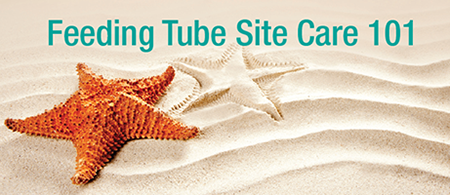





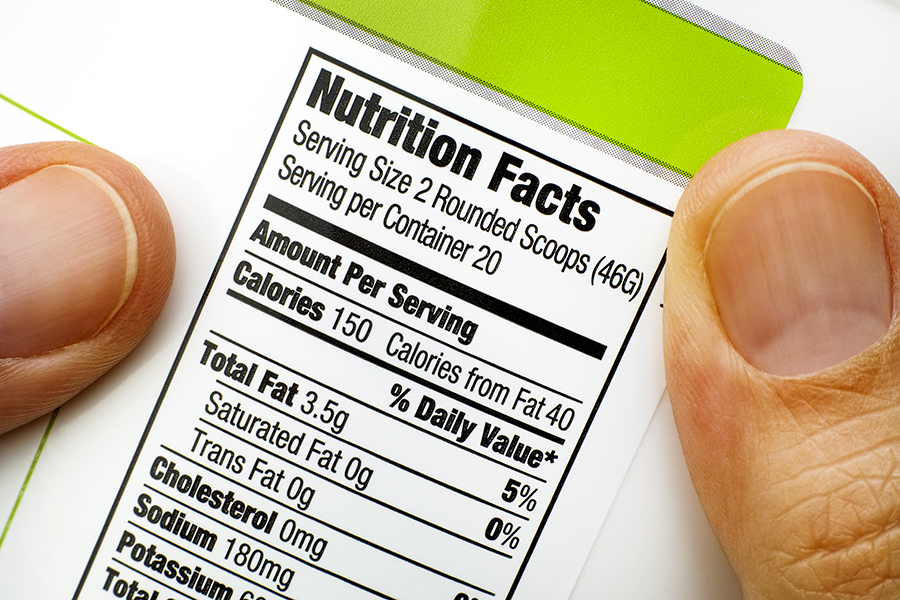

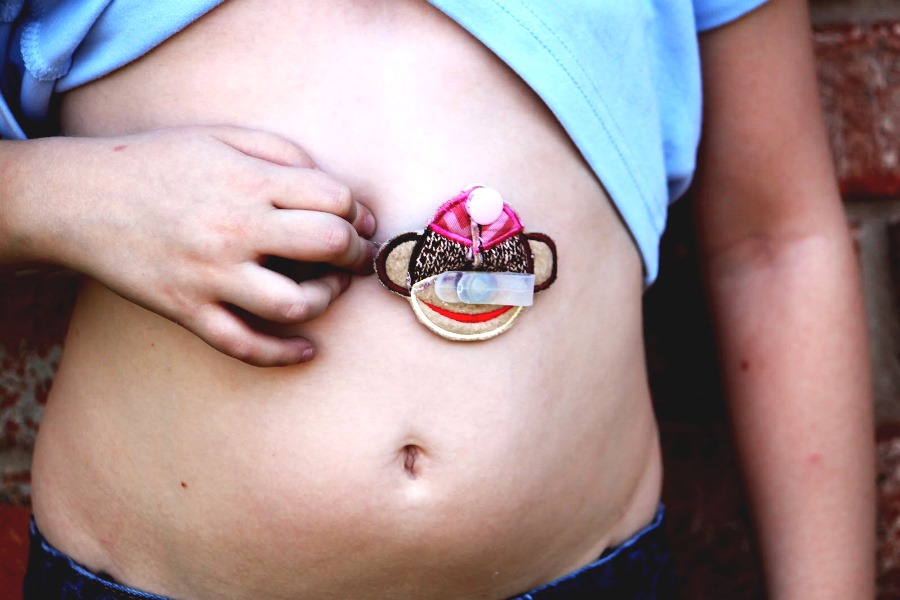

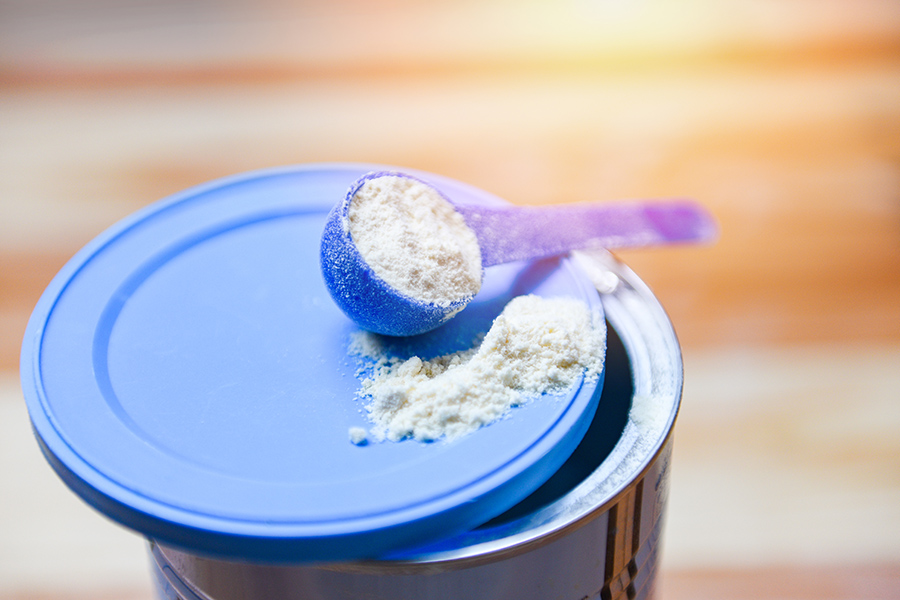

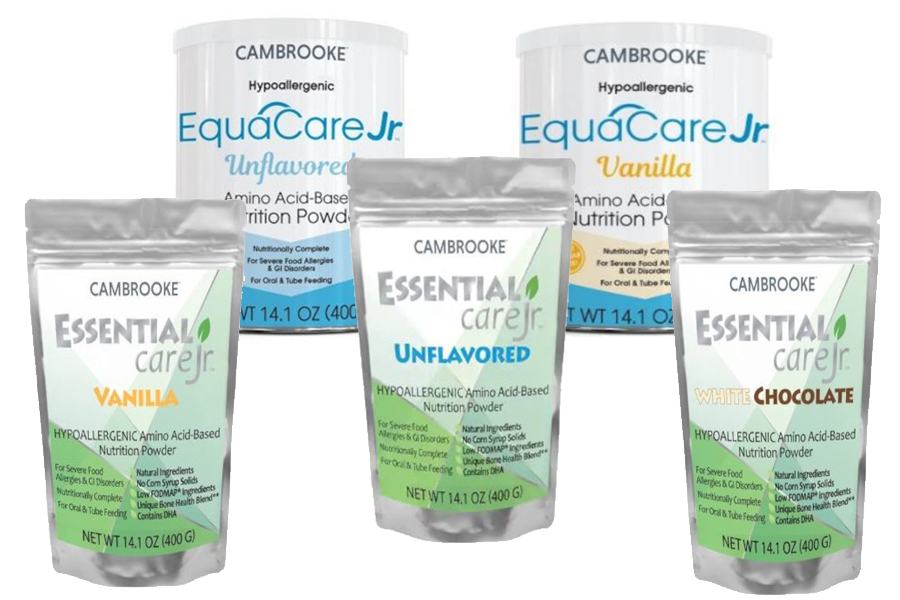
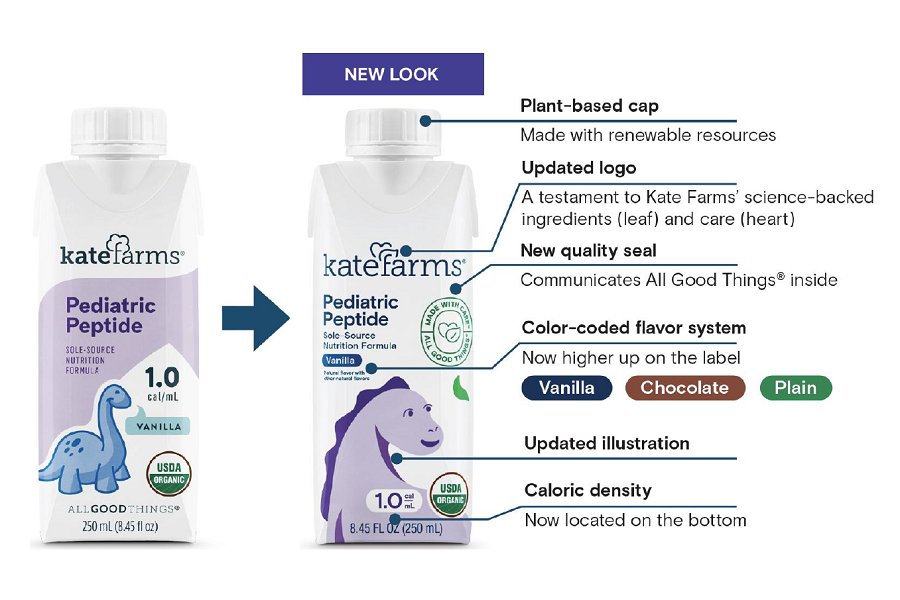

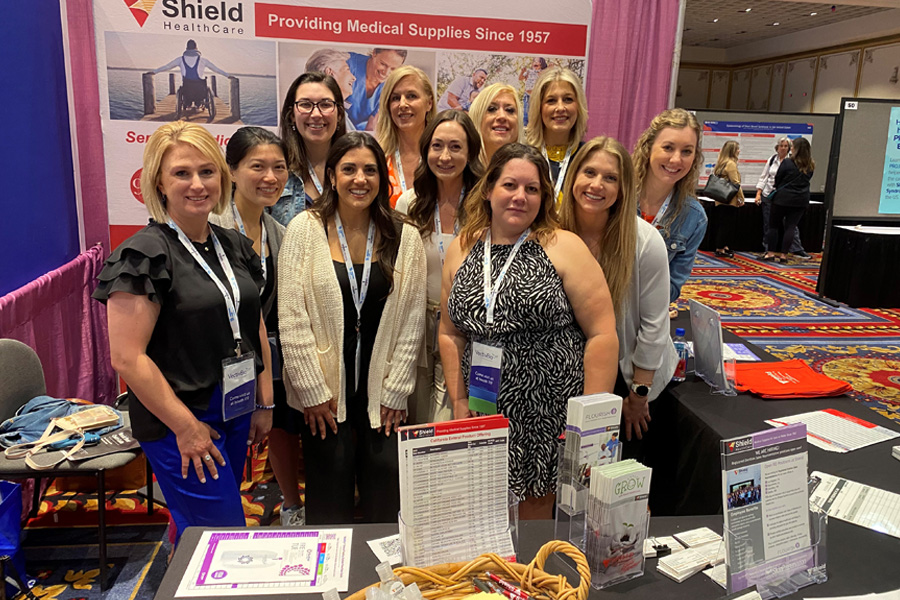


Should liquid be seen in tube between skin and clamp?